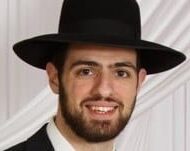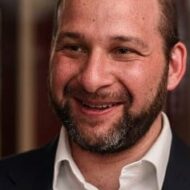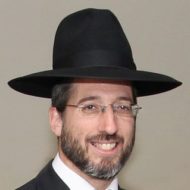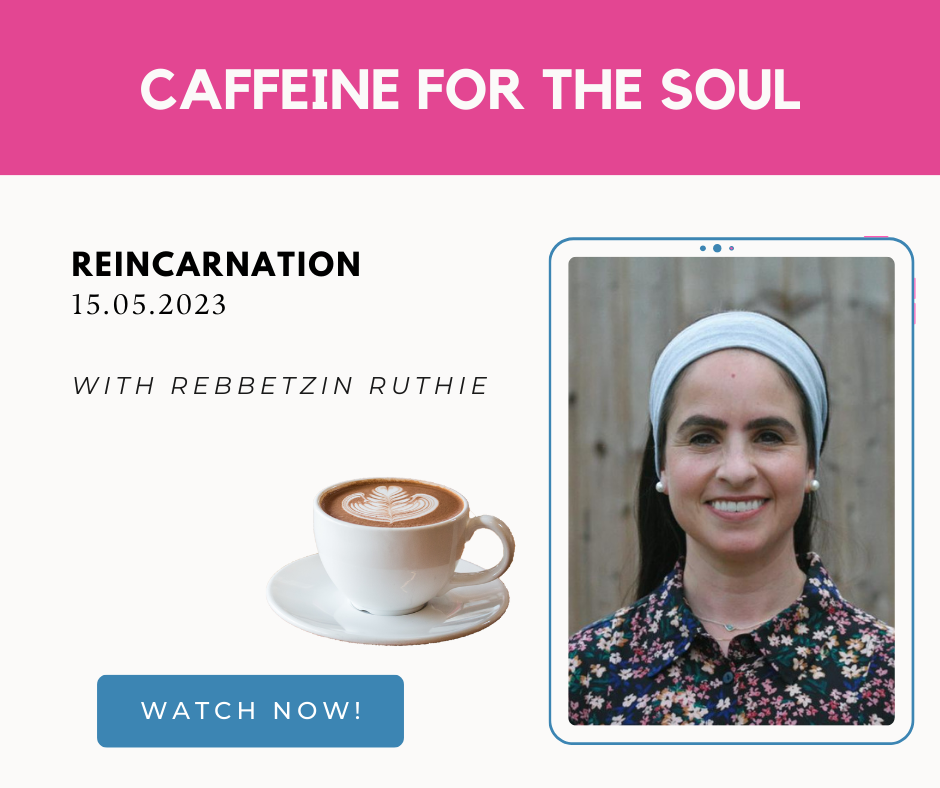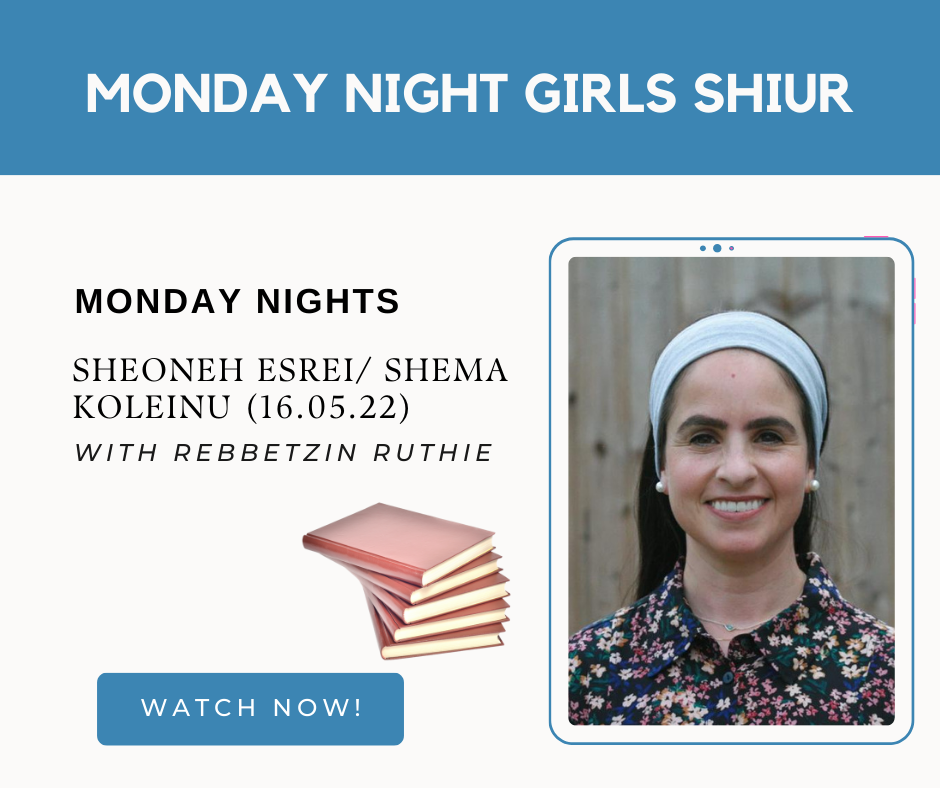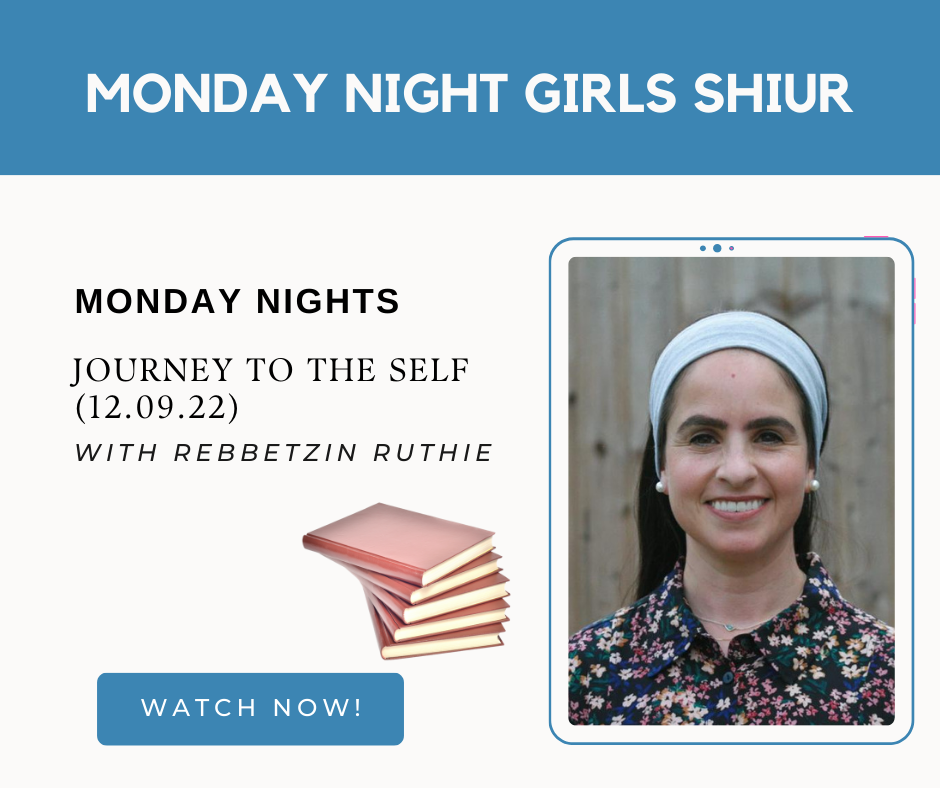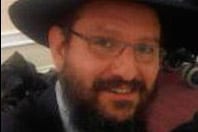
The Gemoro Sukka Daf 27b states “כל ישראל ראוים לישב בסוכה אחת” – all the Jewish people are fit to sit under one Sukka. Now, while this sounds very nice, it is obviously impossible for the entire Jewish people to fit under one sukka and fulfil the Mitzvah together. If so, what is the true meaning of this statement? “What relevance does this have to the Yom Tov of Sukkos and how can we apply it to our understanding of what this Yom Tov is all about?
Let us focus for a moment on another unique Mitzvah of the Yom Tov of Sukkos – the Daled Minim, the four species.
This Mitzvah requires that one take four different species of plant life and tie them together as one, making one Bracho. The Chazal teach us that each of the four Minim represent a different type of Jew. The Esrog represents the good smelling and good tasting Jew who is involved in the learning of Torah and fulfilment of Mitzvos, the Lulav (which comes from a date palm) represent the good tasting Jew who is involved in the learning of Torah, the Hadas representing the good smelling Jew who involves oneself in the fulfilment of Mitzvos, and the Arava which represents the Jew who still needs to improve in both his learning and his fulfilment of Mitzvos.
On Sukkos we take of each type, tie them together, and make one Brocho. If one of the Daled Minim is not included – the Mitzvah was not fulfilled. Each one is necessary.
This teaches a very powerful lesson about the makeup of the Jewish people. Every single Jew, no matter his/her strengths and weaknesses, is critical to the Jewish people as a whole. The Esrog Jew and the Arava Jew are equally a part of Am Yisroel and are equally necessary. Achdus Yisroel and Ahavas Yisroel – Jewish unity does not mean we cease to have our own self-identity, or must all conform to one way of serving Hashem. Each of the Minim remains unique, remains different, has its own characteristics, and yet are all tied together as one. True unity is when we can appreciate each person for their own unique talents and recognise that each and every Jew has their place within Am Yisroel, and contributes in a way that no one else can.
There are very few Mitzvos in the Torah that require involvement of the entire body to be fulfilled. Mikvah and Sukka. What sets Sukka apart is that, whilst Mikvah requires an intense process of cleaning and preparation, Sukka on the other hand, is fulfilled with no prior preparation. The entire person is invited to come into the sukka – just the way they are.
This is the power and the message of Sukkos. To accomplish and bring forth a unity amongst Jews, whereby no matter the level that the Jew is holding in their personal Avodas service of Hashem – we are all one and are all equally necessary as Am Yisroel. From the purest Jew, to a Jew who is carrying much baggage – we are all able to sit in the same sukka!
We just came from the holiest days of the year – Rosh Hashana and Yom Kippur, where each person focuses on their personal life and personal connection with Hashem, requesting and beseeching Hashem for a good year. Following that, we must realise and recognise that “בָּרְכֵנוּ אָבִינוּ כֻּלָּנוּ כְּאֶחָד” – the greatest Brochos come when we can show Hashem that we are united, that we love and hold each fellow Jew close, no matter the circumstance. We can then take the energy and power of Sukkos into Shmini Atezers and Simchas Torah where Hashem enjoys and dances together with His only child in the most private chambers and showers us with brochos for the entire year.
